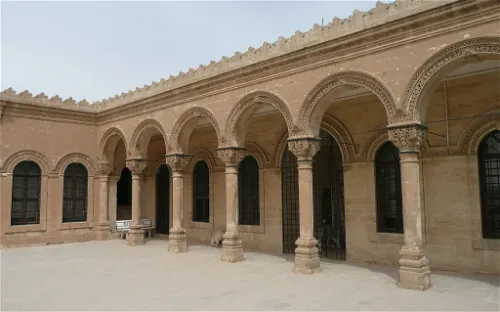Mardin Museum and its collection
The Mardin Museum is an archaeological and ethnographic museum situated in the province of Mardin. It is a significant cultural institution that reflects the historical and cultural richness of the region. The museum houses a vast collection of archaeological and ethnographic artifacts, making it a fascinating destination for those interested in history and culture.
Archaeological Collections of Mardin Museum
The Mardin Museum boasts an impressive archaeological collection that spans various historical periods. This includes artifacts from the Bronze Age, Assyrian, Urartu, Hellenistic, Achaemenid Empire, Roman Empire, Byzantine Empire, Seljuk Dynasty, Artuqids, and Ottoman Empire periods. The collection comprises tablets, cylinder and stamp seals, cult vessels, figurines, metal buzzers, jewelry, ceramics, gold, silver and copper coins, tear bottles, and lamps. These artifacts provide a comprehensive overview of the region's rich history and cultural evolution.
Ethnographic Collections of Mardin Museum
In addition to its archaeological collections, the Mardin Museum also features an ethnographic section. This part of the museum showcases examples of silver craftsmanship from Mardin and its surroundings. Visitors can view a variety of items, including necklaces, earrings, bracelets, anklets, forehead bands, hair ornaments, old clothes, swords, coffee (mırra) sets, bath items, rosaries, heating tools, and copper items. These exhibits offer a glimpse into the traditional lifestyle and artistic practices of the region.
History & Anthropology Archaeology Ethnology Religion

